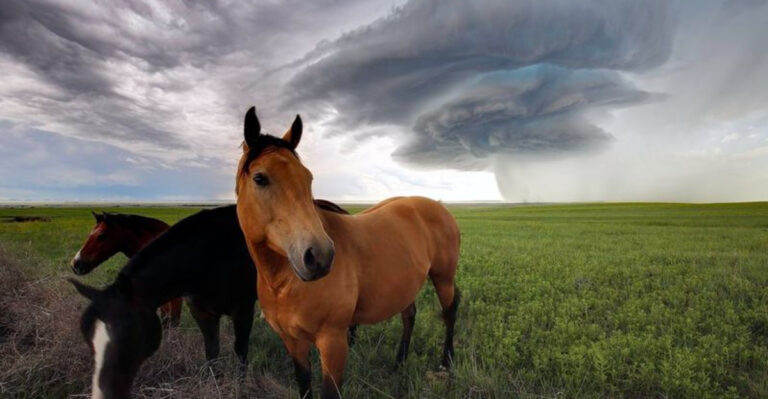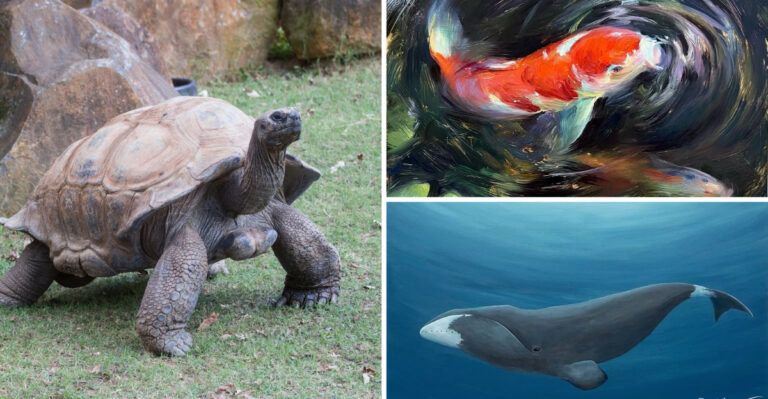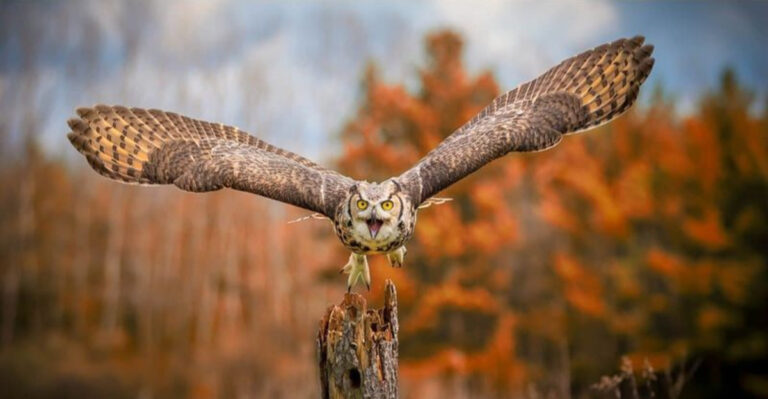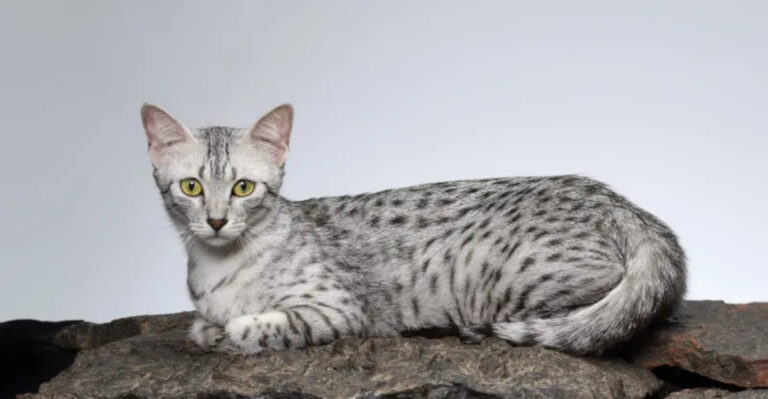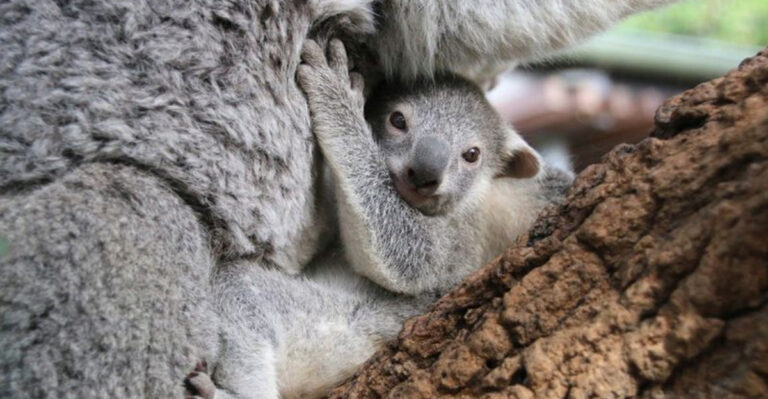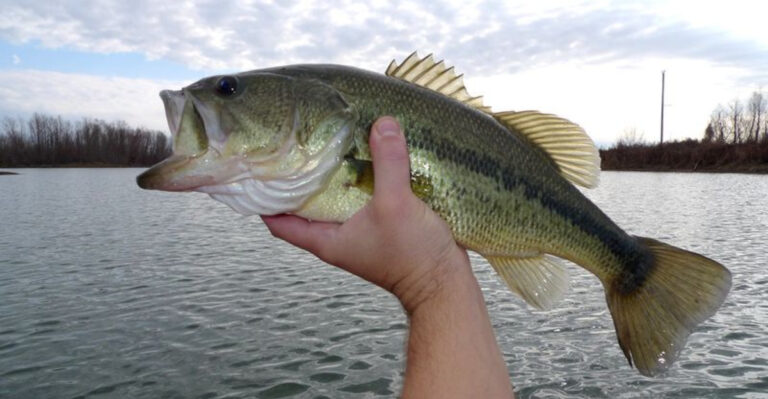11 Big Cats Built To Withstand Extreme Heat
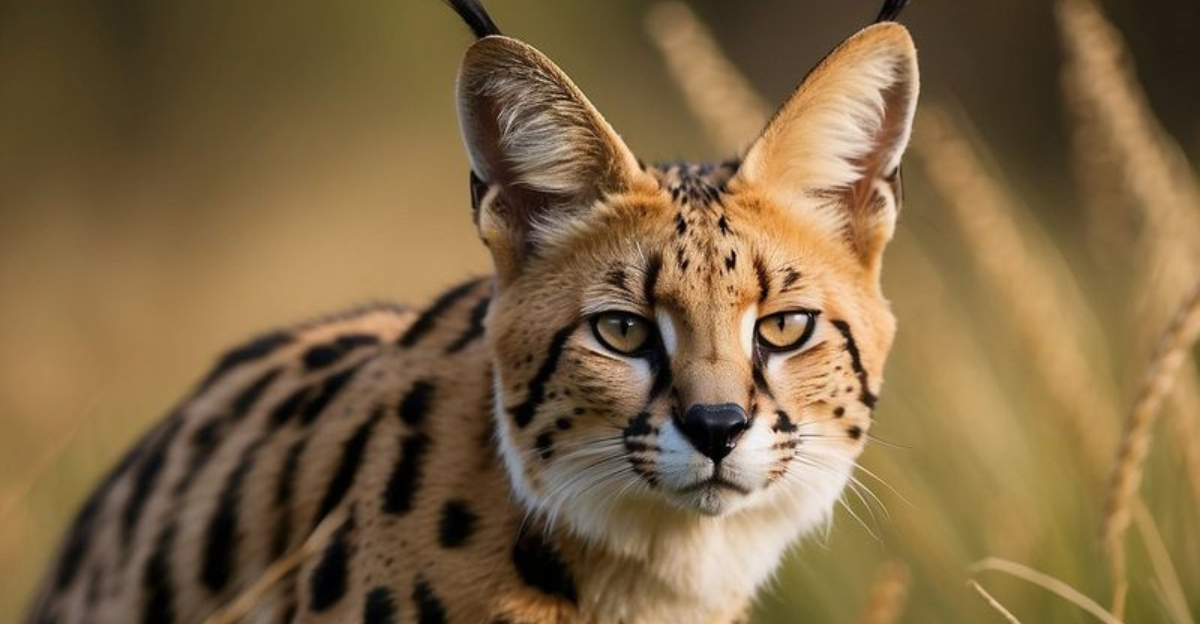
Have you ever wondered how big cats survive in scorching deserts and sweltering savannas? These magnificent predators have evolved remarkable adaptations that help them thrive in some of Earth’s hottest environments.
From specialized sweat glands to unique hunting schedules, these feline marvels showcase nature’s incredible design for survival in extreme heat conditions.
1. Cheetah: The Sprinter With Built-In Cooling System
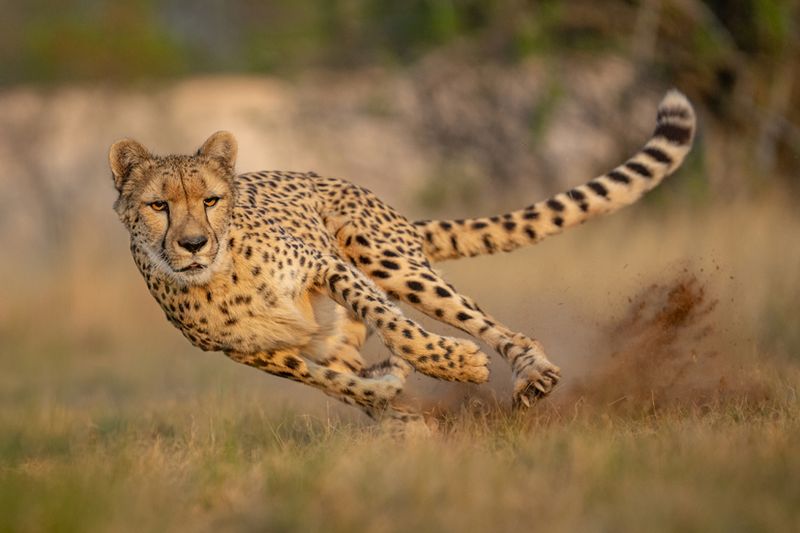
Cheetahs rock a lean, aerodynamic body that actually helps them manage heat while reaching speeds up to 70 mph. Their light-colored fur reflects sunlight rather than absorbing it.
These amazing cats have enlarged nasal passages that cool incoming air before it reaches their lungs. They also conserve water efficiently and hunt during cooler morning hours to avoid the midday inferno of their African savanna home.
2. Lion: The Mane Attraction Of Heat Management
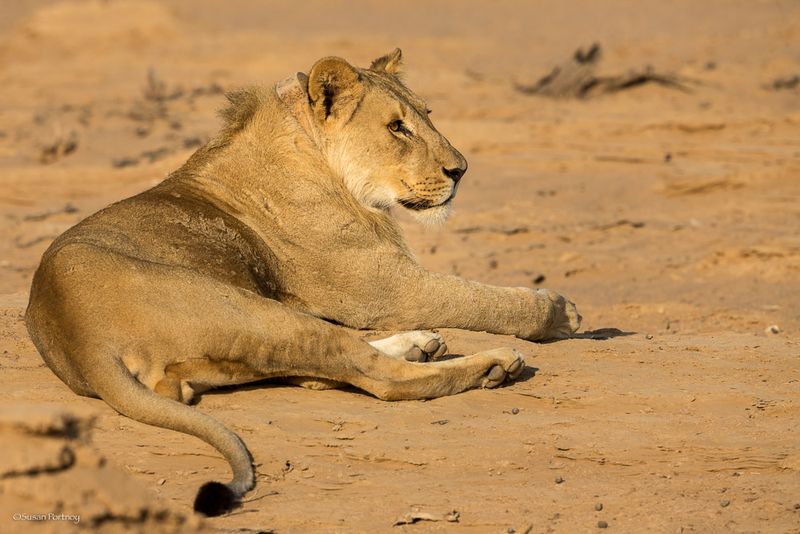
Lions might look like they’re wearing heavy fur coats, but their tawny coloration serves as natural sun protection. Males sport darker manes in cooler habitats, while lions in hotter regions develop lighter, shorter manes.
During scorching days, these social cats rest in the shade, conserving energy and moisture. Their nocturnal hunting pattern allows them to prowl when temperatures drop, making them perfectly adapted to the harsh African heat.
3. Leopard: Master Of Hot Habitat Versatility
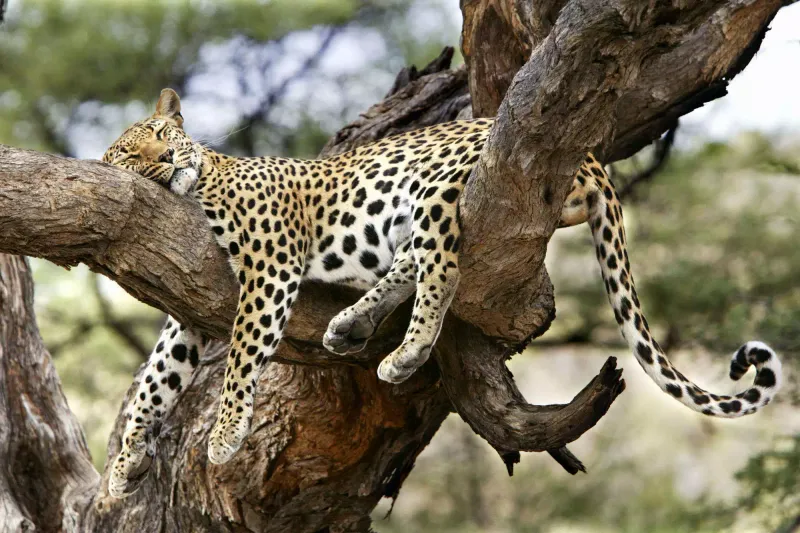
Leopards thrive across an astonishing range of temperatures thanks to their remarkably adaptable physiology. Their rosette-patterned coat provides camouflage while reflecting some heat away from their bodies.
These resourceful cats often drag prey into trees, not just to protect it from scavengers but to enjoy cooler elevated air. With a slower metabolism during hot periods and the ability to get moisture from their prey, leopards remain comfortable when temperatures soar.
4. Caracal: Desert-Dwelling Ear Expert
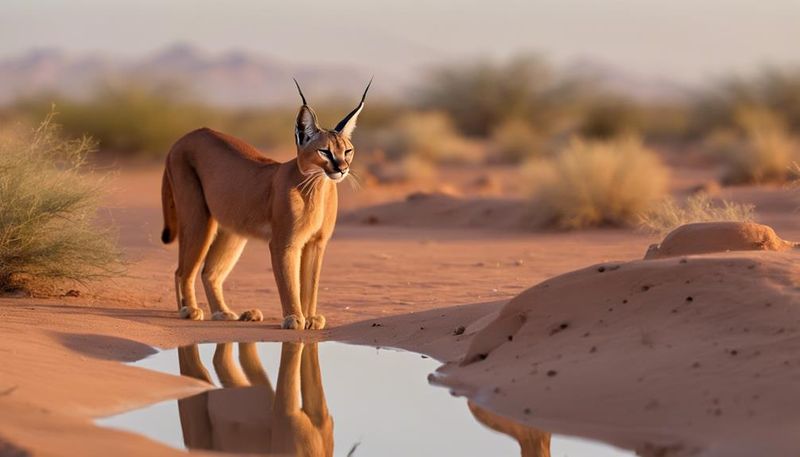
Those stunning tufted ears aren’t just for show! Caracals use their oversized ears as natural air conditioners, dissipating heat through increased blood flow and surface area.
Native to arid regions of Africa and Asia, these medium-sized cats have specialized kidneys that concentrate urine, reducing water loss. Their sandy-colored coat blends perfectly with desert environments while reflecting sunlight. Active primarily during dawn and dusk, caracals avoid the worst of the desert heat.
5. Cougar: Mountain Lion’s Thermal Flexibility
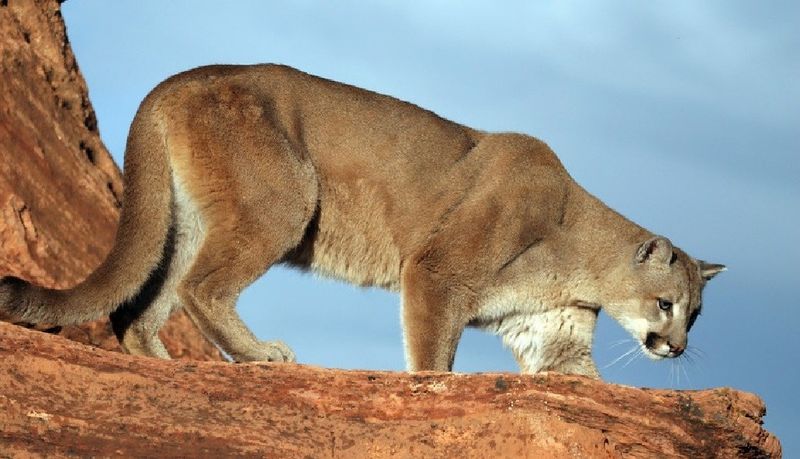
Cougars showcase incredible thermal adaptability, thriving in both scorching deserts of the American Southwest and the cooler mountain regions. Their relatively thin coat changes seasonally, becoming lighter during hot months.
These remarkable cats can survive on minimal water, extracting moisture from their prey. Cougars are crepuscular hunters, meaning they’re most active during dawn and dusk when temperatures are more moderate, saving their energy during the hottest parts of the day.
6. Jaguar: Tropical Heat Specialist
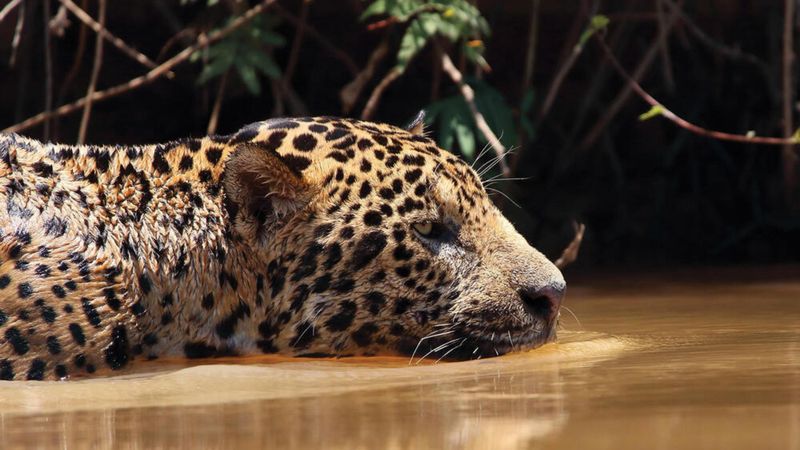
Jaguars embrace the steamy heat of rainforests and wetlands with specialized adaptations. Their compact, muscular bodies help regulate temperature more efficiently than lankier cats.
Unlike many big cats, jaguars actually love water and frequently swim to cool down during intense tropical heat. Their rosette-patterned coat provides perfect camouflage in dappled jungle light while allowing air circulation. These powerful predators often hunt during humid mornings and evenings when prey is active.
7. Serval: Savanna’s Long-Legged Heat Dodger
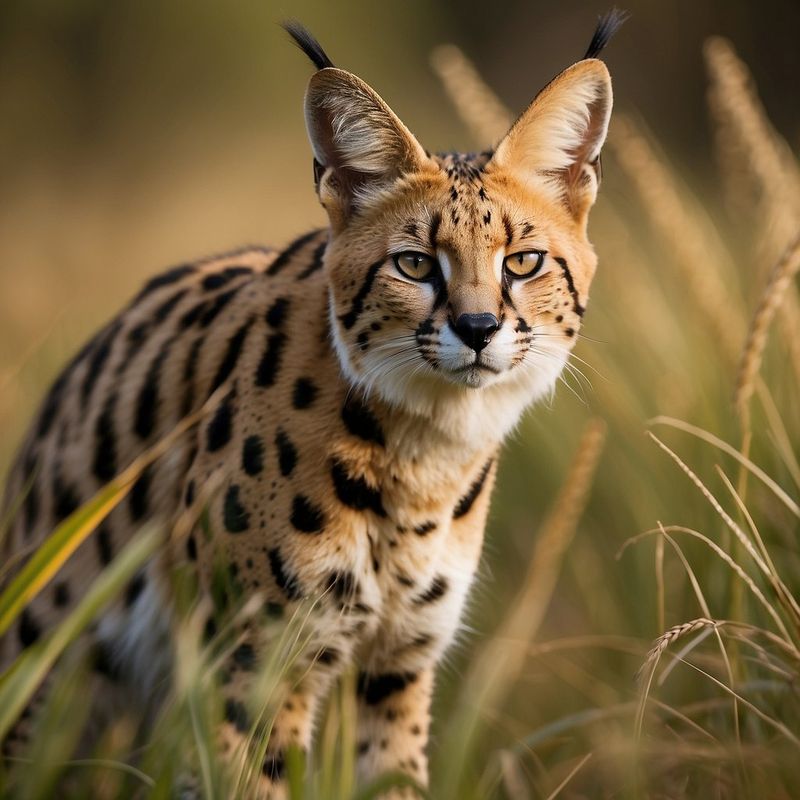
Standing tall on the longest legs relative to body size of any cat, servals gain an advantage in hot environments. Their elevated bodies catch cooler breezes and stay above the scorching ground heat of African grasslands.
These elegant cats have oversized ears that work as heat dissipators, releasing excess body warmth. Their golden-yellow coat reflects sunlight rather than absorbing it. Servals are most active at night, resting in shaded vegetation during blistering daylight hours.
8. Asiatic Lion: India’s Heat-Hardy Royal Cat

Surviving in India’s Gir Forest where temperatures regularly exceed 105°F, Asiatic lions have evolved to handle extreme heat. Their manes are noticeably shorter and sparser than their African cousins, reducing heat retention.
These endangered cats seek shelter in riverine forests during peak heat, where dense vegetation provides natural air conditioning. Their hunting schedule shifts dramatically during hot seasons, with most activity occurring during cooler nights. They also require less water than African lions.
9. Persian Leopard: Mountain Heat Survivor
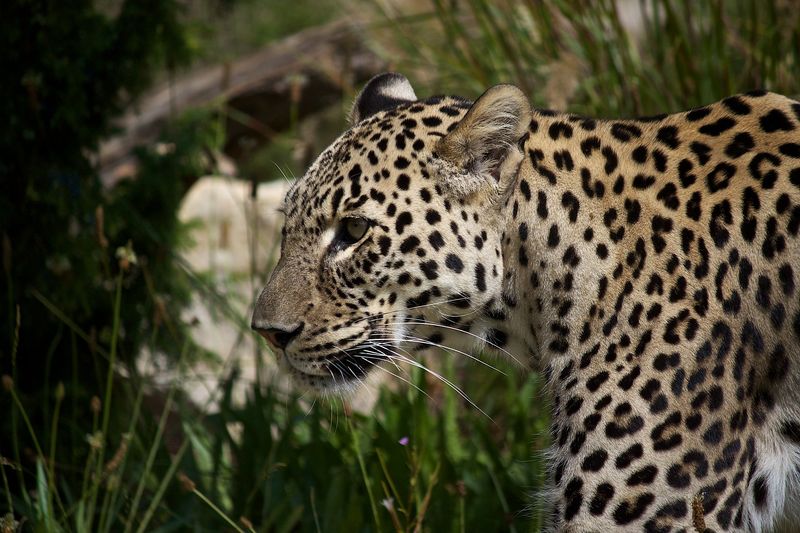
Persian leopards navigate the extreme temperature swings of mountainous regions with specialized adaptations. Their thick but efficiently insulated coat helps them handle both scorching summer days and frigid nights in their rocky habitat.
These resourceful cats seek cool caves during heat waves, emerging to hunt in the relative cool of dusk. Their pale, slightly longer fur reflects more sunlight than other leopard subspecies. They’ve evolved exceptional water efficiency, sometimes going weeks without drinking directly.
10. African Leopard: Sahel’s Heat-Defying Predator
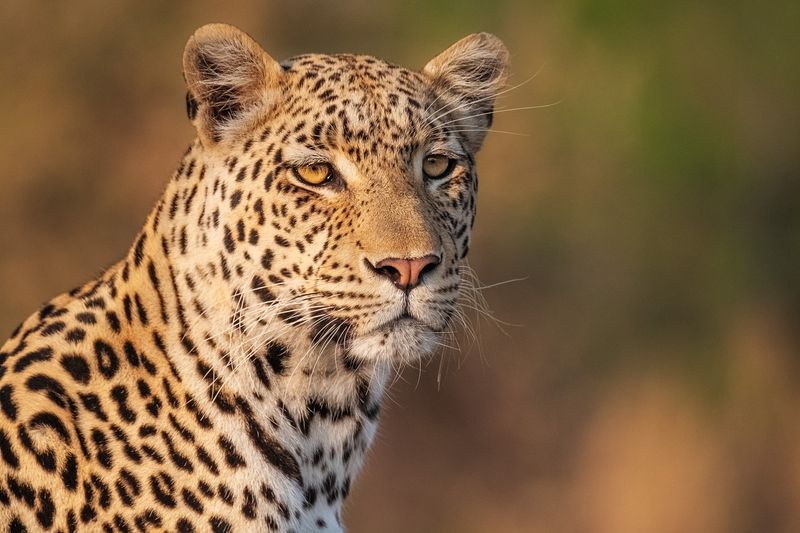
African leopards in the Sahel region face some of the most brutal heat on the planet. Their smaller body size compared to other populations helps dissipate heat more efficiently through a higher surface-area-to-volume ratio.
These incredibly tough cats can derive all their moisture needs from prey blood and tissues when water is scarce. Their spotted coat appears lighter in hot regions, reflecting more sunlight. During extreme heat waves, they become completely nocturnal, resting in tree shade during the day.
11. Indochinese Leopard: Humidity-Handling Expert
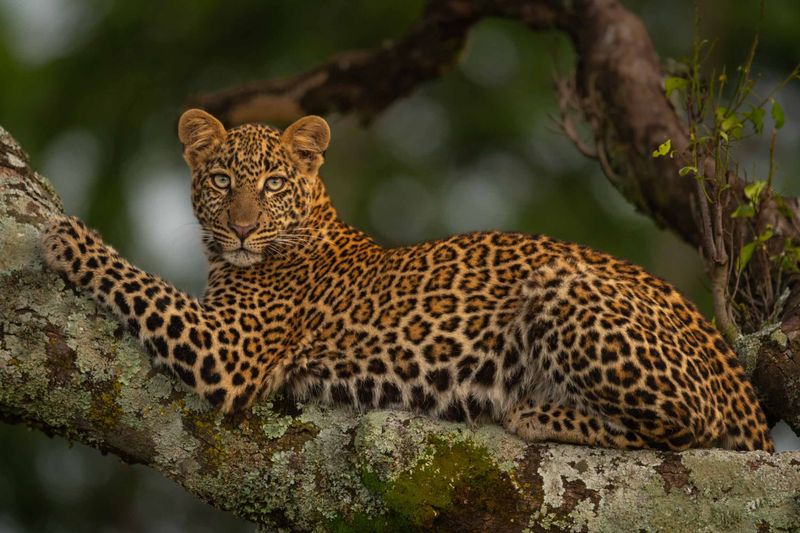
Indochinese leopards thrive in some of Southeast Asia’s most oppressively humid environments. Their coat is slightly shorter than other leopard subspecies, allowing better airflow across their skin in muggy conditions.
These adaptable cats have evolved specialized breathing patterns that help them cool down in sticky heat. They’re excellent climbers, often resting in elevated positions to catch whatever breeze exists. During monsoon seasons, they take advantage of rain-cooled environments for increased hunting.

